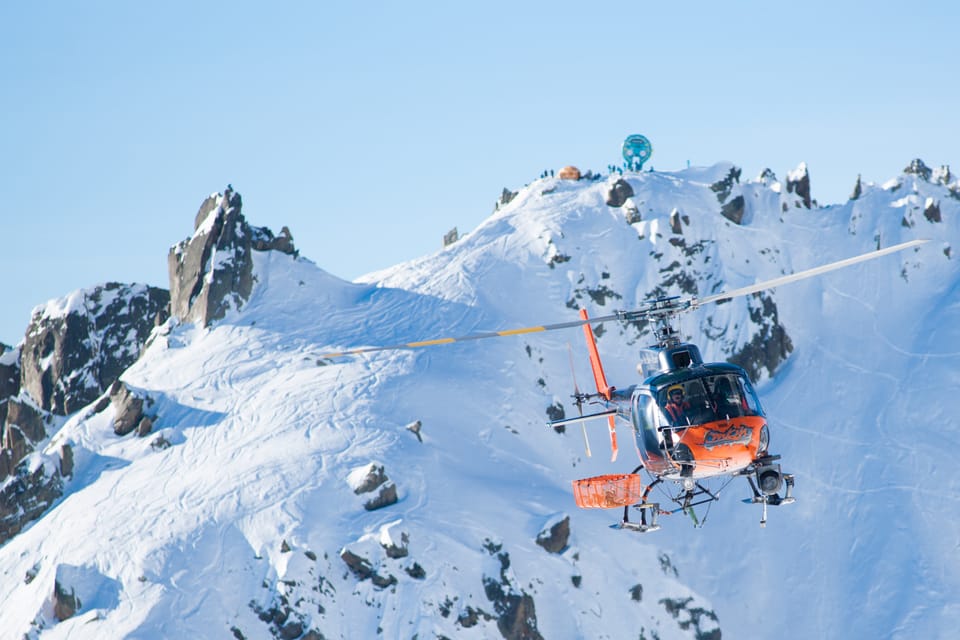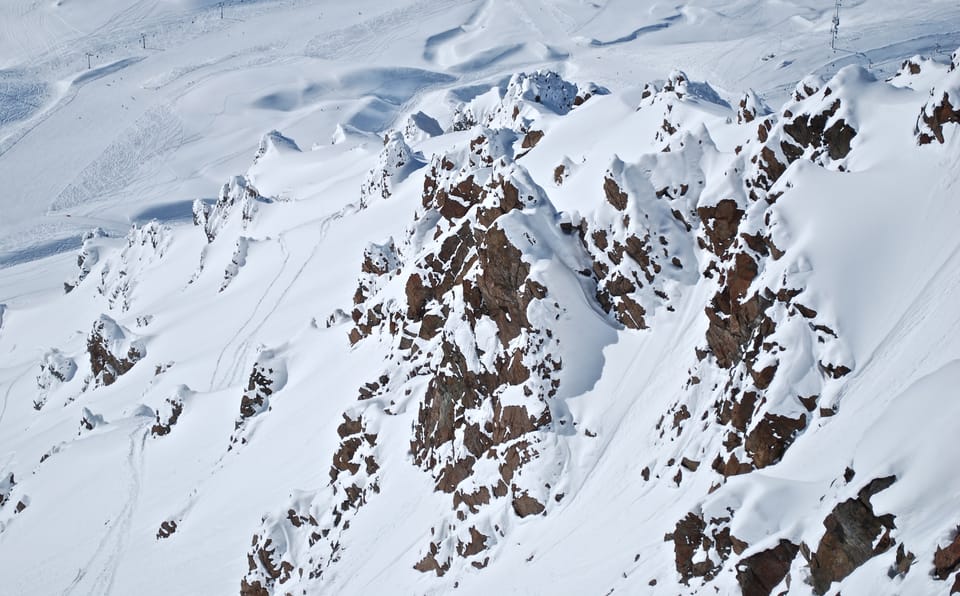Les Arcs’ Glacier Expected to Be Gone By 2030

The famous Aiguille Rouge glacier at the top of the Les Arcs ski area, part of the world’s third largest ski region, Paradiski, is expected to have melted away completely by 2030, the resort has announced.
Standing at an altitude of over 3,226m, the peak of the Aiguille Rouge is currently the highest point in the mountain area and attracts over 400,000 visitors a year.
Now the area is experiencing new phenomena such as landslides, subsidence and rockfalls on the glacier. The annual ice melt rate has accelerated to around 3m/year in the Rimaye sector, meaning that the glacier which offered summer skiing in the 20th century and marks the top of one of the world’s great ski runs with over 2,000 metres of vertical, is expected to see the glacier disappear within the next decade.

Les Arcs say that the local authorities and the company responsible for the mountain area known as ADS are currently considering a change of use, with activities on the glacier limited, and a desire to protect this area. The current idea is to keep access to the summit open for sightseeing but remove all or most ski runs and cancel plans to develop a red run there. One of the possible scenarios is for there to no groomed ski runs in this sector by 2027 and for the trail to become a nature run (made safe but not groomed) or accessible on foot.
“Even aside from their role as indicators of climate change, glaciers are extremely important ecosystems on Earth, explained glaciologist Jean-Baptiste Bosson, a guest at the Les Arcs T.REX event in June 2023. “They cover 10% of the earth’s surface and provide fundamental services to mankind and nature, such as regulating sea levels and the global climate, draining freshwater on the continents and so on. As a symbol of the times we live in, they allow us to see the changes and alert as many people as possible”.
The International Panel on Climate Change (IPCC) proposes several scenarios, depending on whether the Paris agreements are respected or not. The most optimistic is that 78% of the glaciers on Earth’s surface can be saved if we take action, although probably not Aiguille Rouge.
With this in mind, Jean-Baptiste Bosson has developed the Ice & Life project, a partnership with other researchers and scientists from the Haute Savoie department in France, Switzerland and the Kilian Jornet Foundation, which has collected new scientific data and modelled the evolution of our glaciers.
Image top credit: Raj Bundhoo
Image above credit: Juliette Rubour




